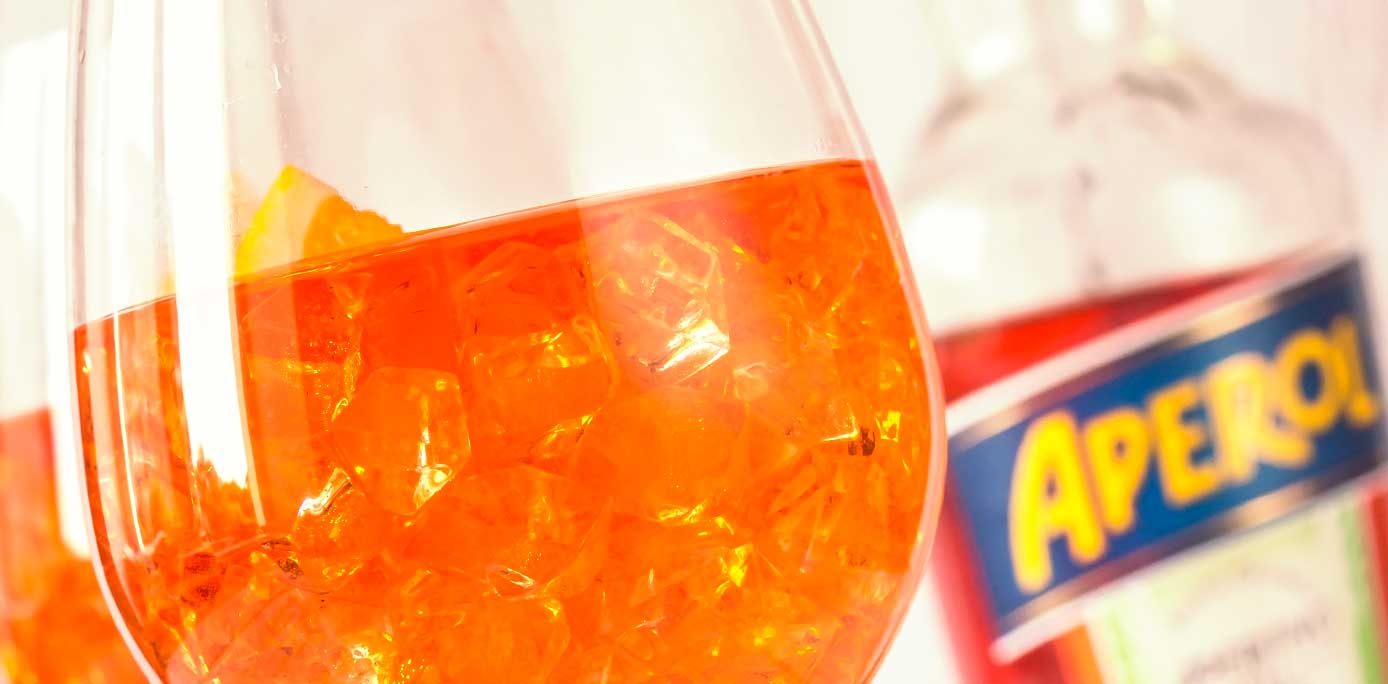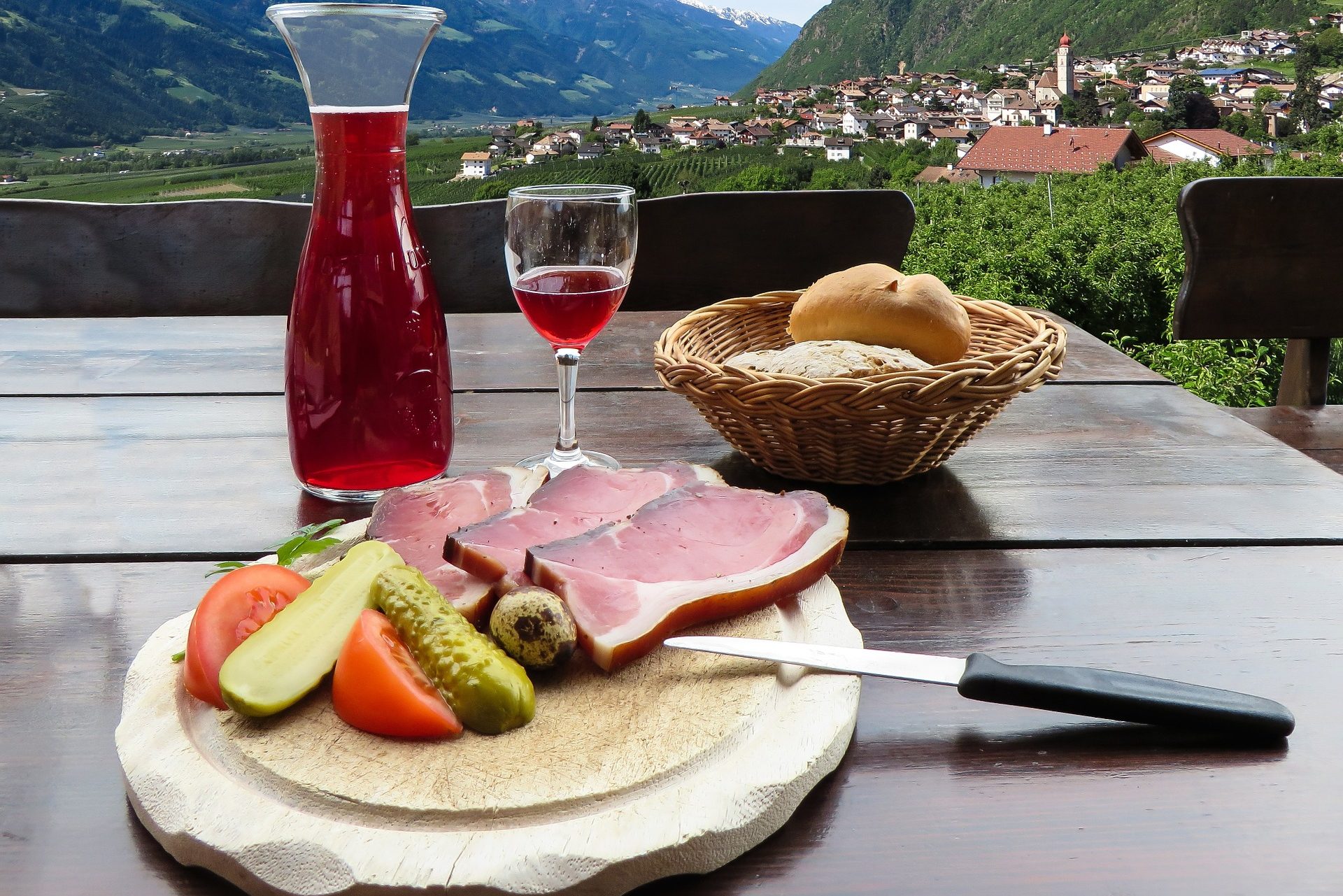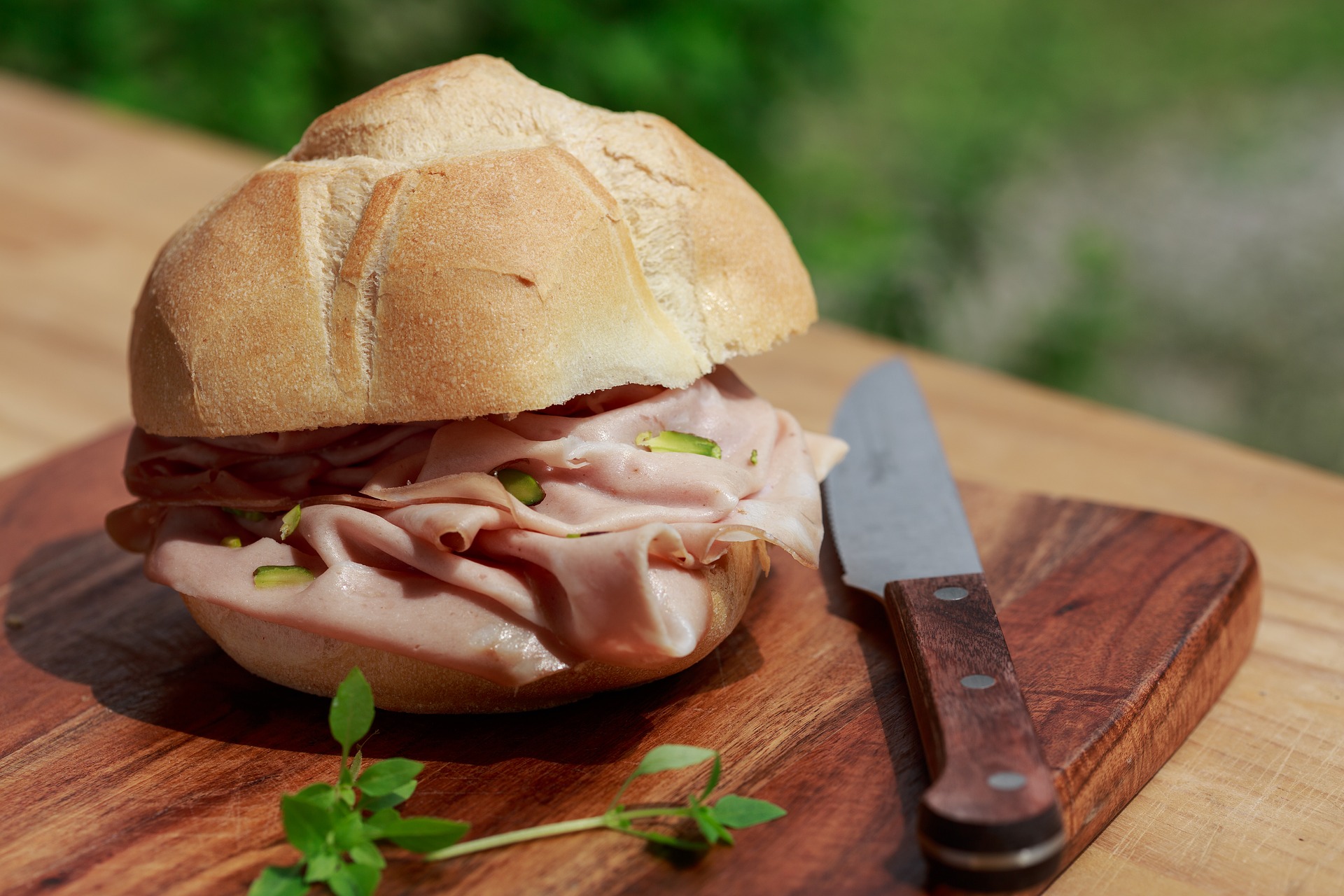In his excellent book entitled “Venice is a Fish”, Venetian poet Tiziano Scarpa urges visitors to La Serenissima to throw away their street maps and find the real Venice by wandering the city’s calli and campielli. It is the ultimate itinerary: avoid the usual street signs, follow the labyrinth, get lost in order to discover the unique and real.
When it comes to enjoying wine, specifically wines made from Italy’s native grape varieties, I shall give you no different advice: ignore the familiar “signs” suggesting a walk down Chardonnay Street, an evening stroll through Cabernet Sauvignon Lane. Instead, I, too, propose you wander – no, get lost, in fact – among the plethora of Italy’s native wine grapes, a path of exploration sure to lead you to a destination of uncommon pleasure and discovery.
The diversity of native Italian wine grapes is stunning, actually. At a recent educational conference with Vinitaly International Academy, experts note the current count of Italian wine grapes at ~548. That’s more than France, Spain, and Greece combined (1). And plenty more of Italy’s native wine grape varieties – researchers estimate as many as 500 – are hidden away in countryside nooks and crannies, perhaps growing anonymously in abandoned vineyards, awaiting discovery.
To give it all a bit of global context, of the approximately 1,368 vine varieties used to make wine commercially worldwide, nearly 30 percent are native to Italy (2). Let’s approach the point from another direction: fewer than fifteen wine grape varieties account for 90 percent of wine grapes grown in the United States and France (3).
To help you to get started with a little random wandering of your own, I suggest you entrust yourself to the care of three native Italian varieties that are sure to reward a bit of random meandering:
Grignolino – Native to Italy’s Piedmont, this red grape variety is an excellent translator of terroir yet represents just 1% of the Piedmont vine surface area (4). Go figure. Stylistically somewhere between a rosato and a full-on red wine, Grignolino makes absolutely charming light-ish reds with magical aromas of fresh flowers, small red berries and a typical hint of white pepper.
Refreshingly high acidity and crisp tannins make Grignolino great company at table. Look for Grignolino d’Asti DOC or Grignolino del Monferrato Casale DOC.
Carricante – This south Italian native loves the high altitudes and volcanic slopes of Sicily’s Mount Etna. Generally low in alcohol and high in acidity, Carricante makes white wines scented of white flowers, lemon, orange peel, apricot, underlined with delicious minerality and a lick of salt. Carricante can age well, too, with older wines expressing that petrol note for which good, cellared Riesling is famous. Seek out Carricante Etna Bianco DOC or Carricante Etna Bianco Superiore DOC.
Picolit – Typical of Italy’s Friuli Venezia Giulia, Picolit is a native variety with a pedigree dating back to 1682 when it was served at the wedding banquet of Alvise Contarini, doge of Venice (5). Picolit makes luminescent, golden-colored sweet wines made from air-dried grapes. You’ll find aromas / flavors of peaches in syrup, honey-soaked apricots and perky orange-citrus notes. Dessert all by itself or as an accompaniment to your favorite dolce. Ask for Colli Orientali Friuli Picolit DOCG.
It is, of course, the pleasure of enjoying Italy’s wines at table that is the main event. But, even just a bit of knowledge about the native Italian grape variety you’re drinking can increase that pleasure by connecting you with a unique story of land, history and tradition, capable of illuminating an even deeper understanding of one’s own ties to Italian culture and local customs. When it comes to Italian wine, one might even say that is … the ultimate itinerary.
Cascina ‘Tavijin Grignolino d’Asti – Pretty pale rose color with a commingle of cherry, berry and spice, scents of rose. Dry palate, vibrant acidity. Finishes with good, grippy tannins and a pleasantly bitter cherry-almond note. A true artisan effort.
1,2,3,4,5 from Native Wine Grapes of Italy, by Ian D’Agata, 2014































